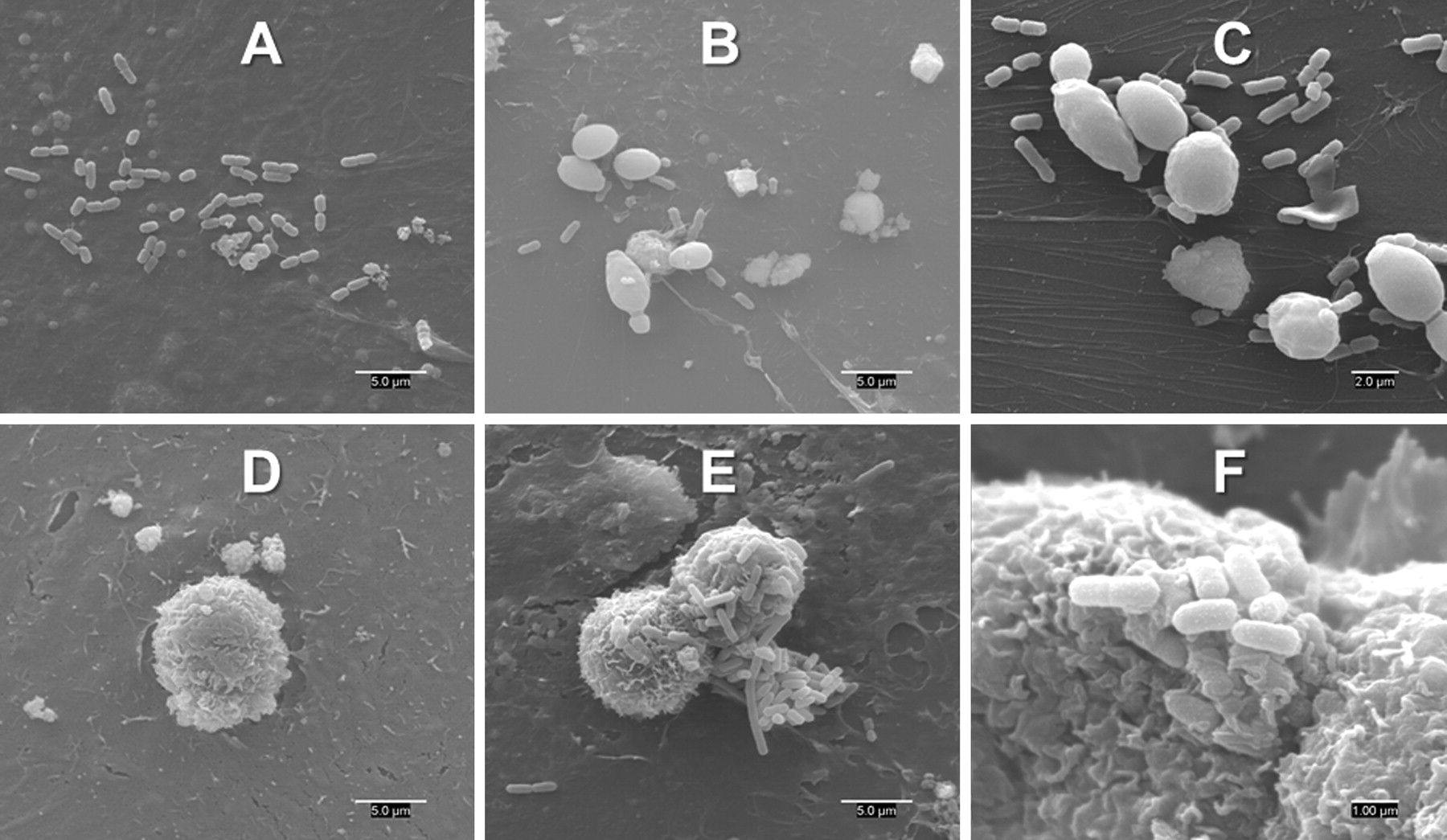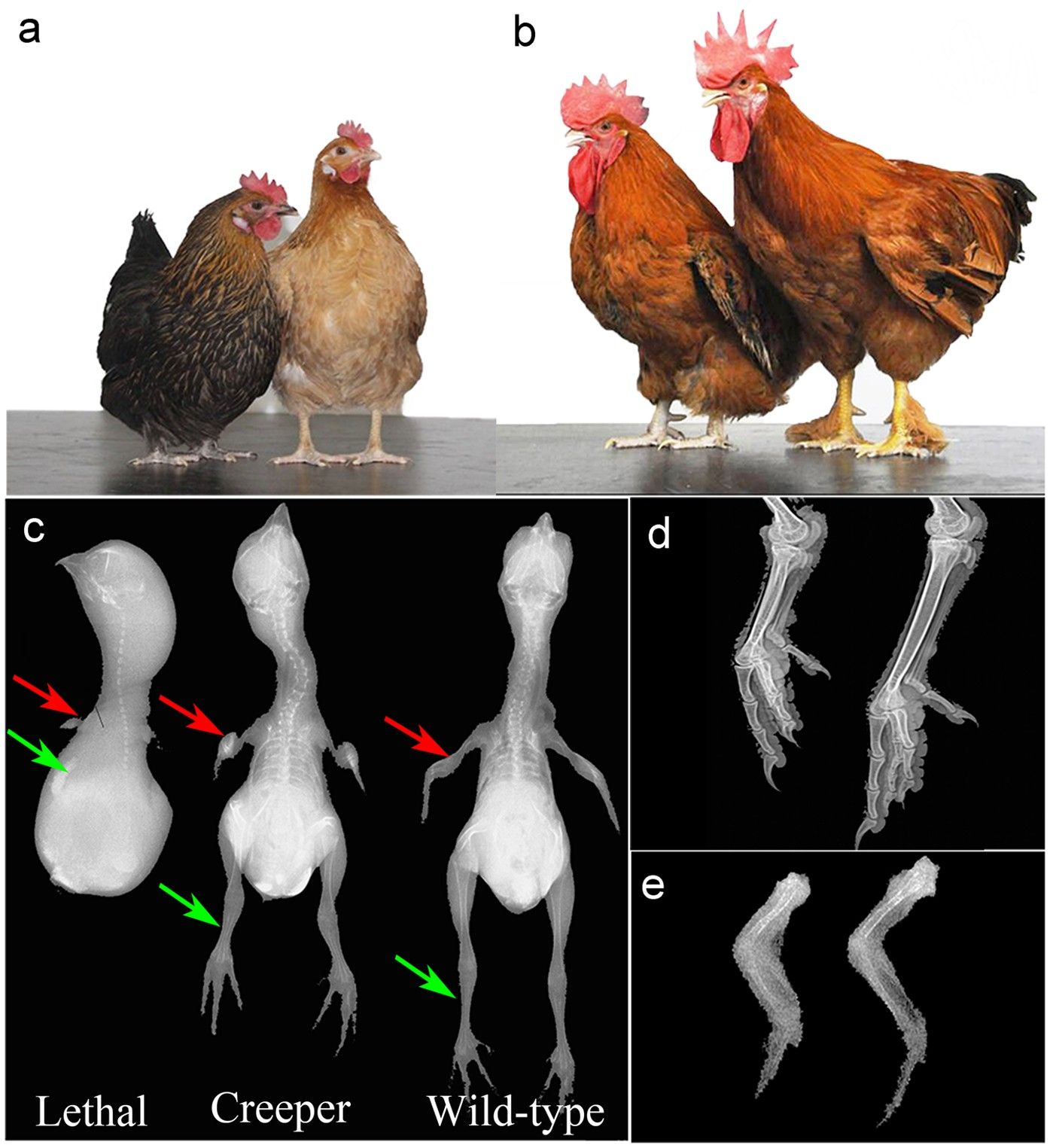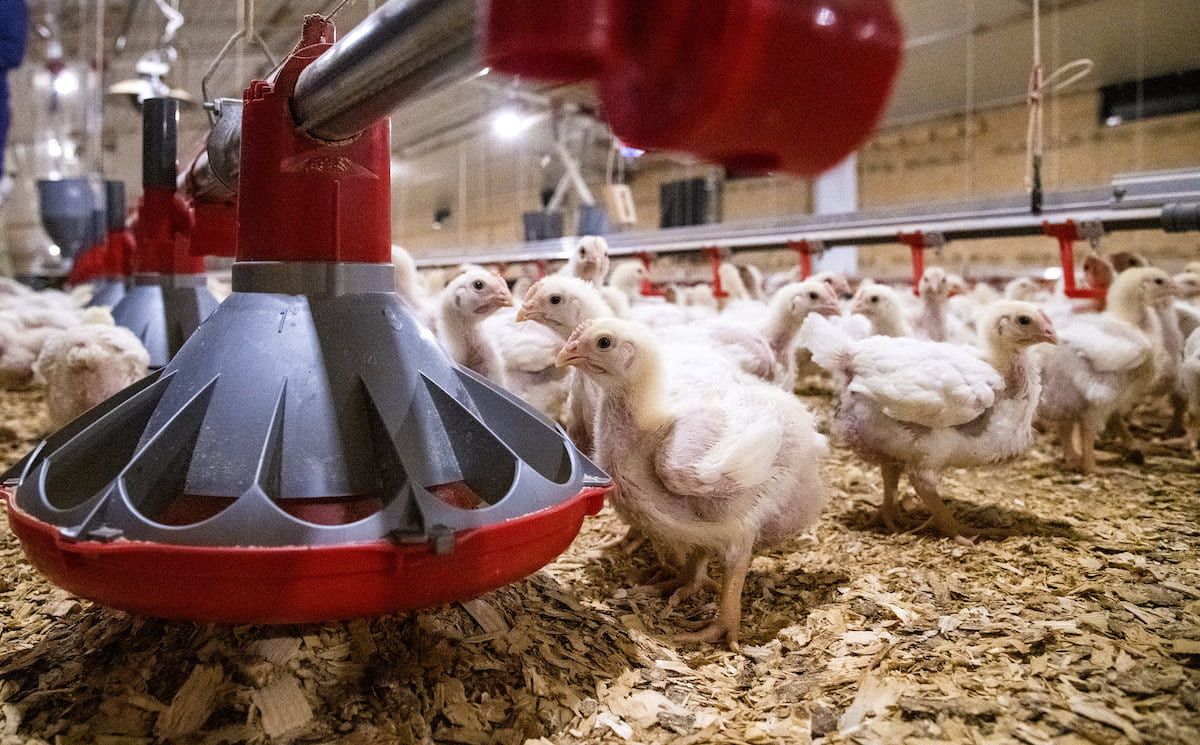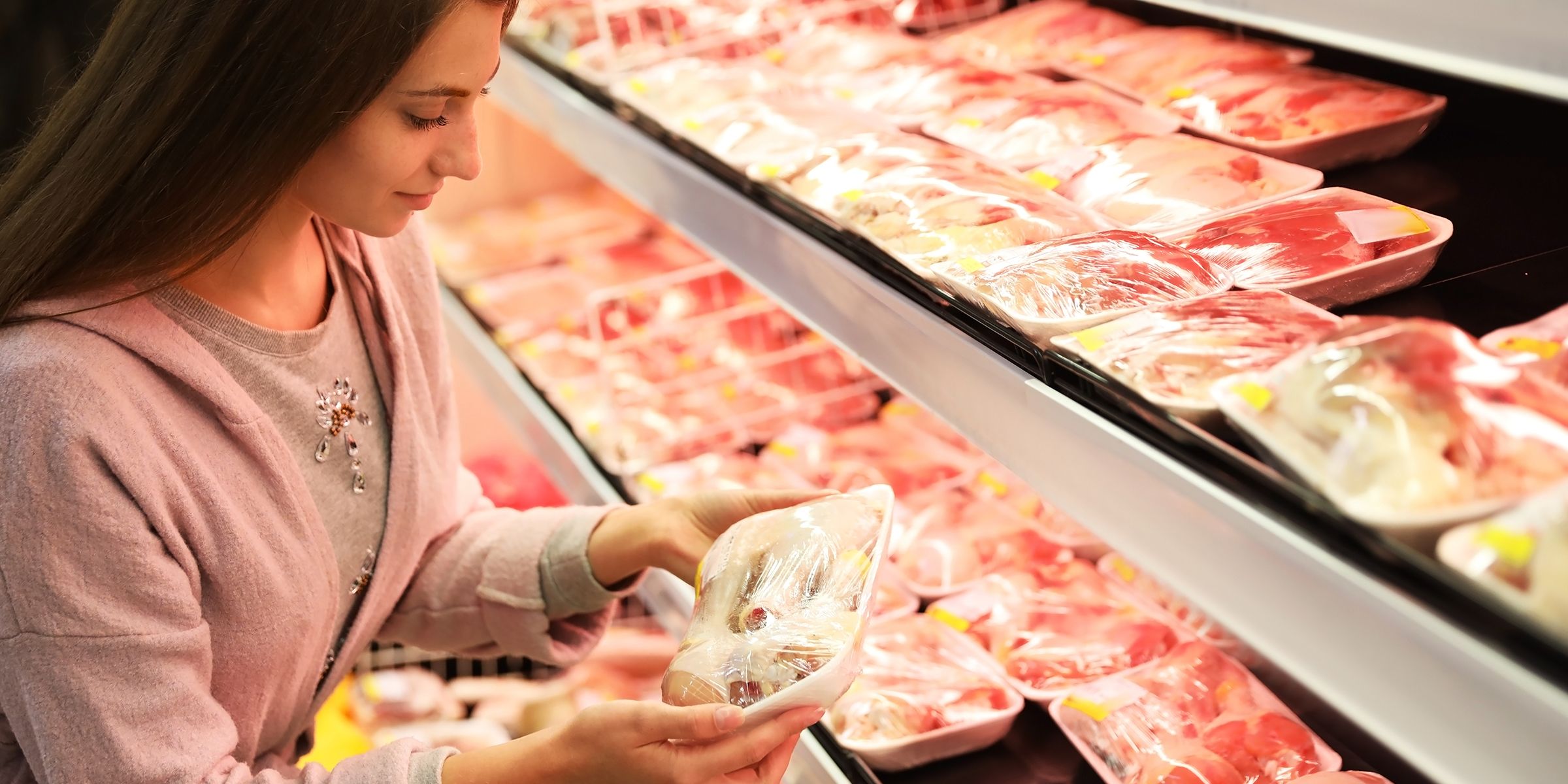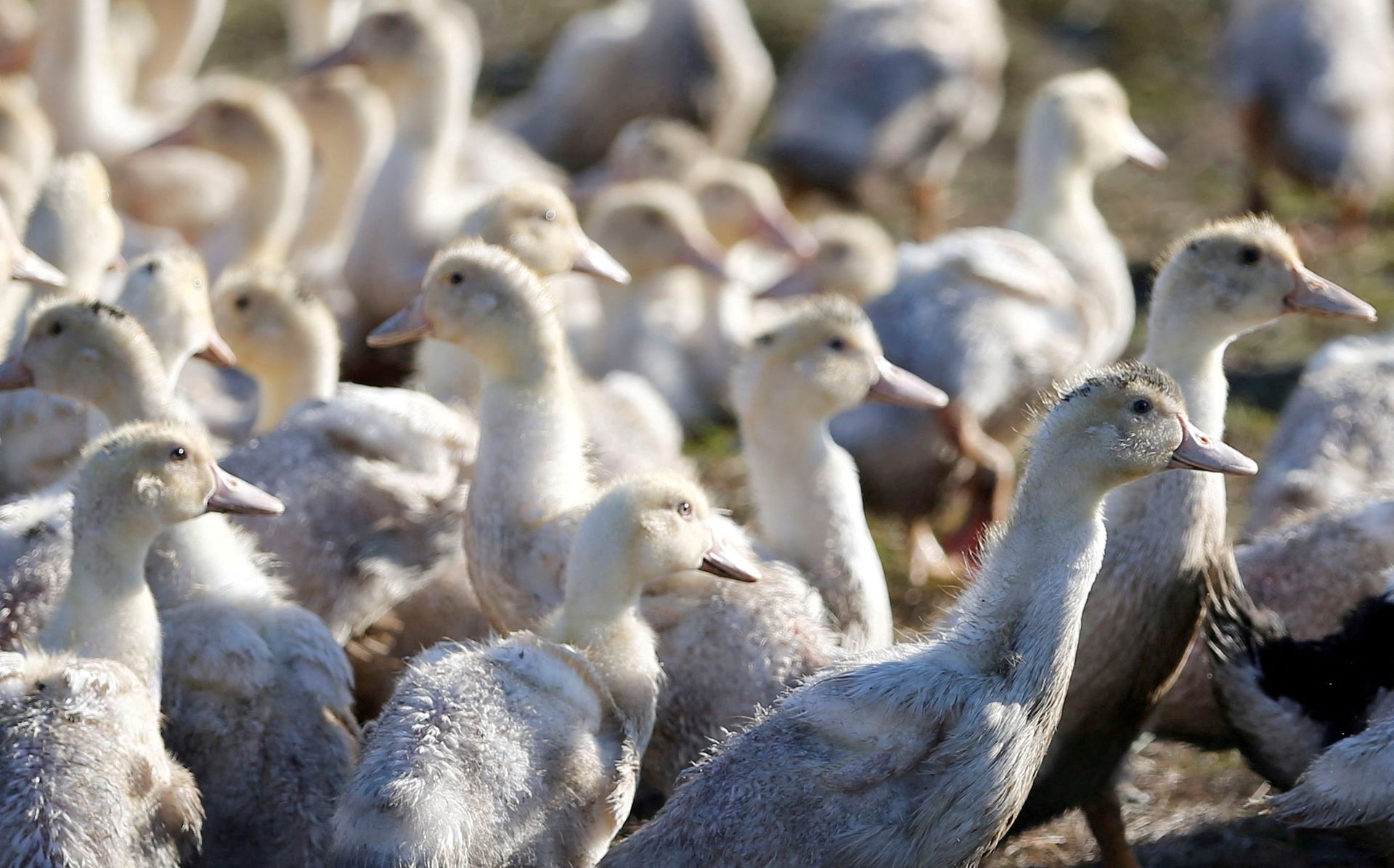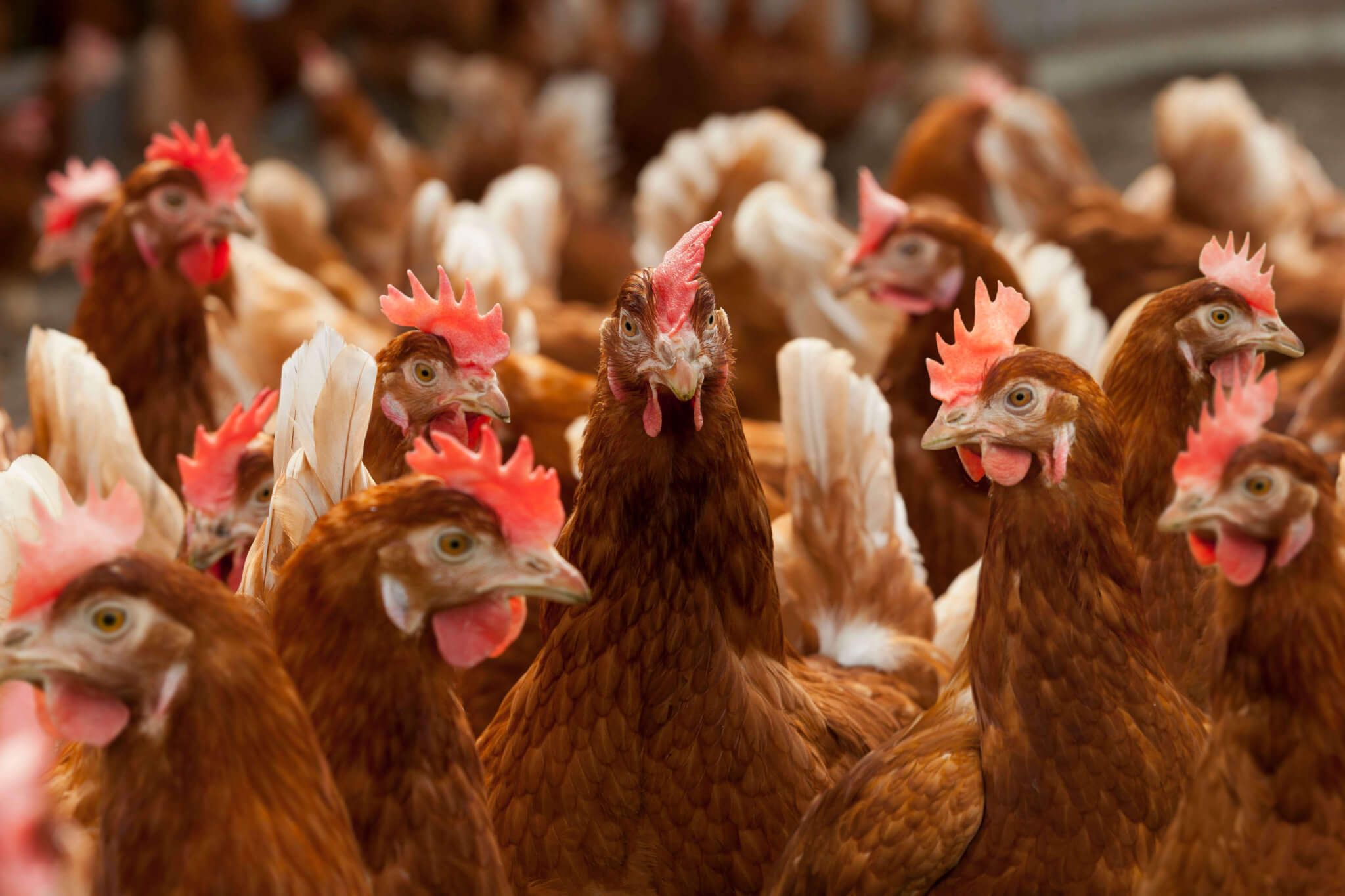Can generative AI make poultry farms more efficient?
Poultry producers collect a lot of data. New technology that combines the internet of things (IoT), causal analysis and generative AI could put that data to work to help optimize decisions affecting bird health, production and overall profitability.
At the 2023 Poultry Tech Summit, Evan Sadlon, data science manager, MTech Systems, discussed how this technology could provide more accurate answers to questions such as: What are the effects of different pre-heating regiments on average daily gain?; How does the amount of starter per bird change the inflection point of the growth curve?; and, When should I be running different ventilation programs to minimize feed conversion ration (FCR)?
To illustrate what causal analysis is, Sadlon shared a chart that links drownings to watching Nicholas Cage movies. “According to this chart, all we have to do to save lives is bar Nicholas Cage from starring in any more movies,” he said. “How do we separate Nicholas Cage drowning people into actual causation? That’s what casual analysis is. It seeks to find what actions actually lead to specific outcomes.” Poultry producers can make the same mistakes at their farm with data collection. Sensors in the poultry house use IOT to collect information on a variety of factors, from bird health to environmental conditions within the house. But, without causal analysis, producers may not be able to actually use this data to help improve outcomes, he said.
The addition of generative AI can improve the decision-making process even more. This technology is commonly described as the next generation of artificial intelligence because it can build on the data it collects. Generative AI can help poultry data scientists build on and improve the coding and analysis that they use to make decisions about how the birds are raised and fed.

